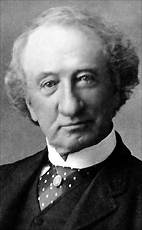 Canada's four major political parties are the Conservative Party of Canada, Liberal Party of Canada, New Democratic Party (NDP), and the Bloc Québécois.
Canada's four major political parties are the Conservative Party of Canada, Liberal Party of Canada, New Democratic Party (NDP), and the Bloc Québécois.The current government is formed by the Conservative Party of Canada. While the Green Party of Canada and other smaller parties do not have current representation in Parliament, the list of historical parties with elected representation is substantial.
Canada has a close relationship with the United States, sharing the world's longest undefended border, co-operating on some military campaigns and exercises, and being each other's largest trading partners.
Canada is composed of ten provinces and three territories. The provinces are Alberta, British Columbia, Manitoba, New Brunswick, Newfoundland and Labrador, Nova Scotia, Ontario, Prince Edward Island, Quebec, and Saskatchewan.
The three territories are the Northwest Territories, Nunavut, and Yukon Territory. The provinces have a large degree of autonomy from the federal government, the territories somewhat less.
Each has its own provincial or territorial symbols.

Sir John A. Macdonald, first Prime Minister of Canada.

Stephen Harper is the current Prime Minister of Canada. Harper was sworn in as Canada’s 22nd Prime Minister on February 6, 2006. Stephen Harper was born on April 30, 1959, in Toronto, Ontario. He moved to Alberta in 1978 to work in the petroleum industry and went on to obtain both a bachelor’s and a master’s degree in economics from the University of Calgary. Mr. Harper and his wife, Laureen, have two children, Benjamin and Rachel, and maintain a permanent home in Calgary.

